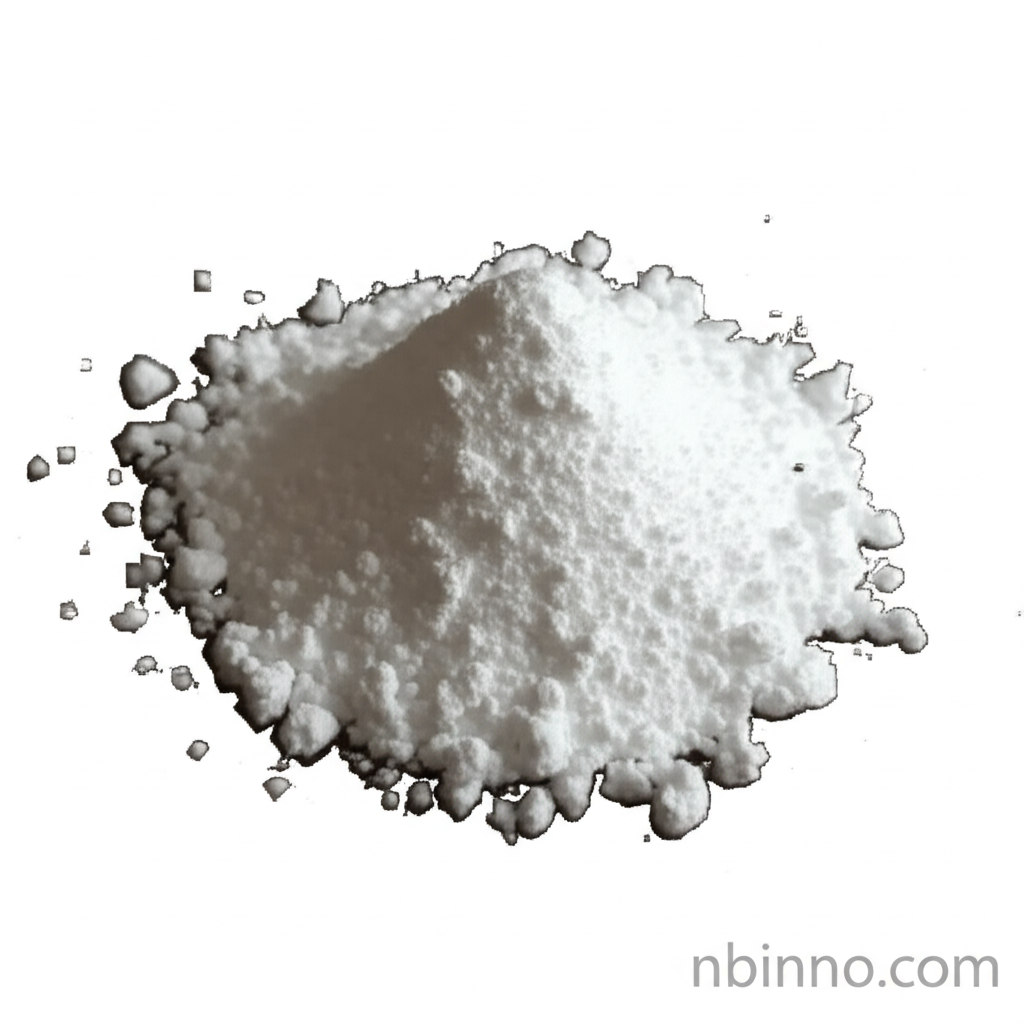Antimony Trioxide: Enhancing Material Safety with Superior Flame Retardancy
Discover the critical role of Antimony Trioxide (Sb2O3) in modern material science for fire protection and safety.
Get a Quote & SampleUnlocking the Power of Antimony Trioxide

Antimony Trioxide (Sb2O3)
Antimony Trioxide, a highly dispersed superfine granular material, is a vital inorganic flame retardant synergist. Its primary function is to significantly improve the flame retardant properties of various materials, especially when used in conjunction with halogenated compounds. This synergy creates a powerful system that interrupts combustion chain reactions, making it indispensable for modern material safety standards.
- The synergistic flame retardant effect of antimony trioxide for materials is well-documented, providing robust fire protection.
- As a crucial plastic additive, antimony trioxide plays a key role in meeting stringent safety regulations for plastics and rubber.
- When combined with halogen sources, it forms a highly effective synergistic flame retardant system, vital for applications demanding high safety.
- Its application extends to antimony trioxide for electronics, ensuring the safety of components in consumer electronics and electrical devices.
Key Advantages and Mechanisms
Combustion Interruption
The flame retardant mechanism of antimony trioxide involves forming a protective char layer on the material's surface, effectively sealing it from oxygen and heat, thereby preventing flame propagation.
Radical Trapping
In the gas phase, Sb2O3 reacts with halogens to generate antimony halide species which act as radical traps, further disrupting the exothermic chain reactions inherent in the combustion process.
Synergistic Performance
The most notable benefit is its potent synergy with halogenated flame retardants, significantly boosting overall flame retardancy beyond what either component could achieve alone, a key aspect of synergistic flame retardant systems.
Broad Spectrum of Applications
Plastics and Rubber
Used extensively in PVC cables, electronic casings, and automotive components, contributing to the overall flame retardancy of these essential materials.
Textile and Chemical Fiber
Applied through coating or blending processes to impart fire-resistant properties to fabrics, making them suitable for protective clothing and home furnishings.
Electronics and Electrical
Essential for components like circuit boards and connectors, enabling them to meet critical flame retardant standards such as UL94 V-0.
Other Industrial Uses
Also finds application in wire & cable insulation and various other composites where enhanced fire safety is paramount.
